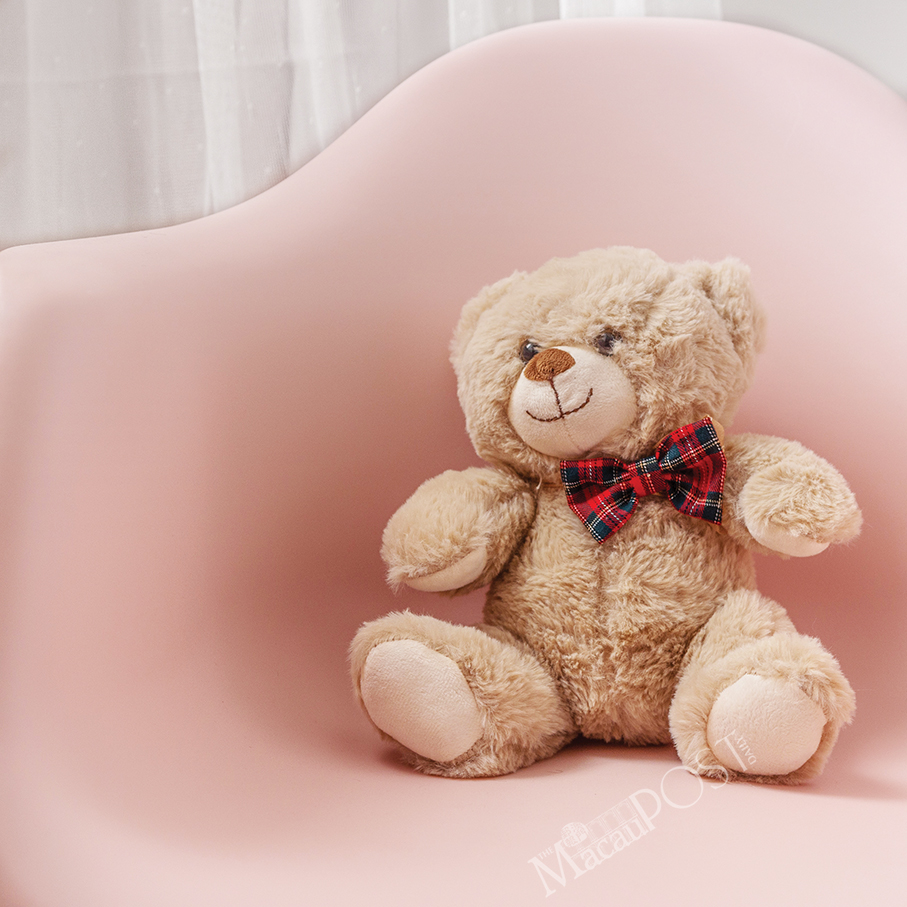Sometime last month, a really good friend of mine and I went out for lunch together, and he brought his two-year-old daughter Benny with him. After some time, more people started coming into the restaurant we were in and Benny started asking for something in fragmented words as the noise and the chaos of an unfamiliar environment started to bother her. “Wu! Wu!” the two-year-old repeatedly cried out, to which my friend would gently say “I know, I know, daddy’s looking for it” as he sifted through their baby bag. The child looked on with watery eyes as she held out her tiny hands.
After what felt like an eternity, he finally pulled out a light blue teddy bear that he referred to as “Wu” and the sight of it put the toddler at ease. As soon as it was given to her, she held it tightly, stroking its left ear for comfort while the toy absorbed every fear and unease she initially felt. My friend looked lovingly at his daughter and emphasised: “I can forget my wallet at home, but I can never forget Wu”.
Wu, I would come to understand, is an important friend to Benny, someone she holds it under times of stress and anxiety, or when placed in an unfamiliar and perhaps chaotic environment. The light blue teddy bear is able to soothe her when she needs it. This is referred to as a comfort object, or as English paediatrician and psychoanalyst Donald Woods Winnicott first coined it in the nineteen fifties, a “transitional object”. In a webpage of the same name, the Encyclopedia website noted that these objects are any material object an infant “attributes a special value to and by means of which the child is able to make the necessary shift from the earliest oral relationship with the mother to genuine object-relationships”, normally coming in the form of something soft such as a plush toy or even a blanket. These are objects what a child might choose to have with them during stressful moments or during times that cause anxiety, perhaps more so when their parents are not there with them.
Furthermore, a YouTube video by The School of Life titled “The Importance of Soft Toys” pointed out that a number of children develop a deep attachment to a stuffed soft object (such as a bear or rabbit) between the ages of one and 12, with the children sleeping, talking and crying in front of them. They were also described as “tools to help us on our first steps in the vital business in knowing how to look after ourselves”, while an article from The Conversation website titled “When should you worry about your child’s attachment to comfort items?” elaborated that these are objects that can be used in a novel situation and can bring with them the comfort of home, reminding a child of love and security. These toys may be necessary as some children might need these objects when going to unfamiliar environments like day-care centres for the first time when their parents are not with them. They may be used not only for comfort and coping, but also as an aid they can hold on to while eventually finding independence.
At times of anxiety or unfamiliar situations, a child may long for something that can help ease them, especially when their parents are not with them. These could be transitional objects that can come in the form of a soft stuffed animal or even a blanket. They are vital for some children as it helps them get through certain situations, with the item being a hand that they can hold or arms that they can wrap around.

Photo courtesy of Unsplash









